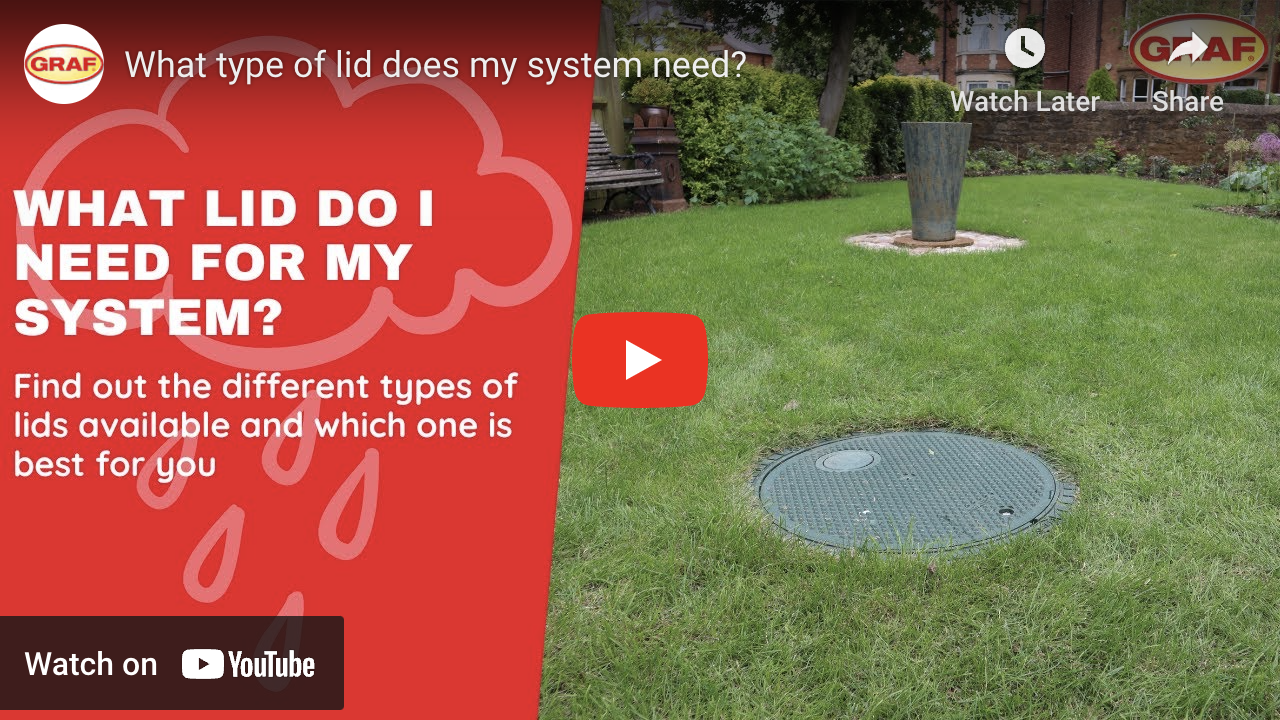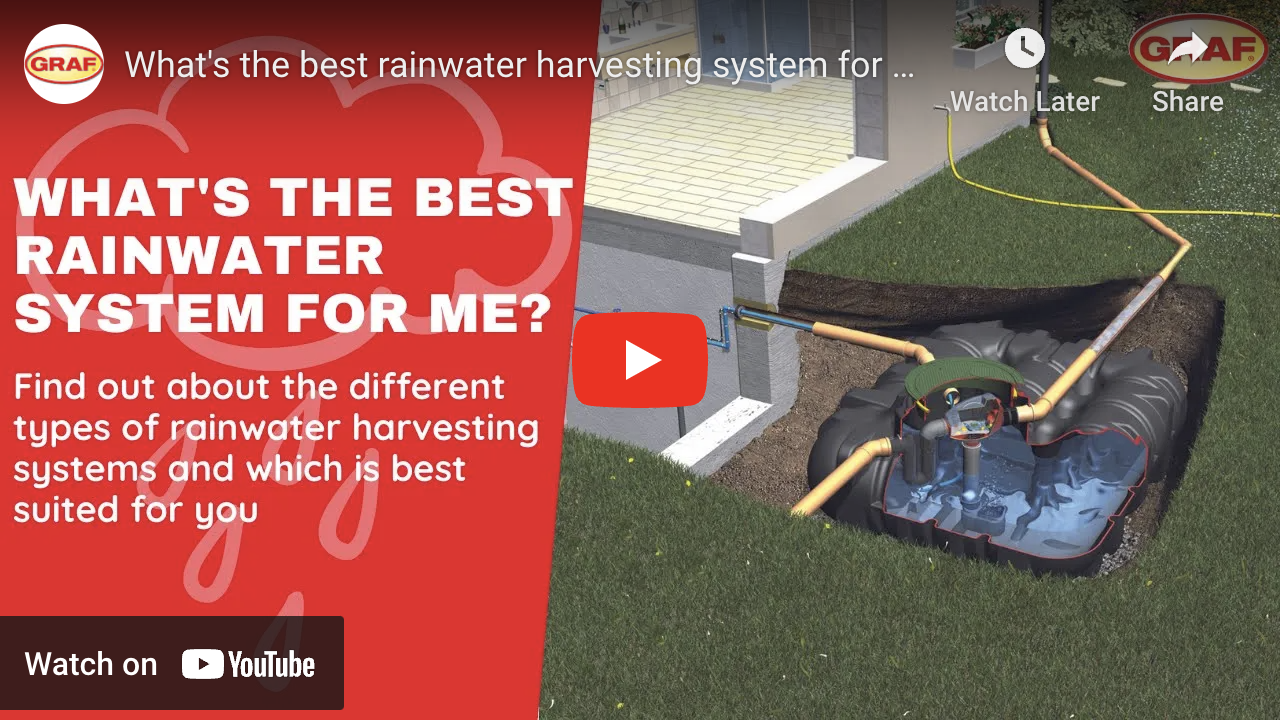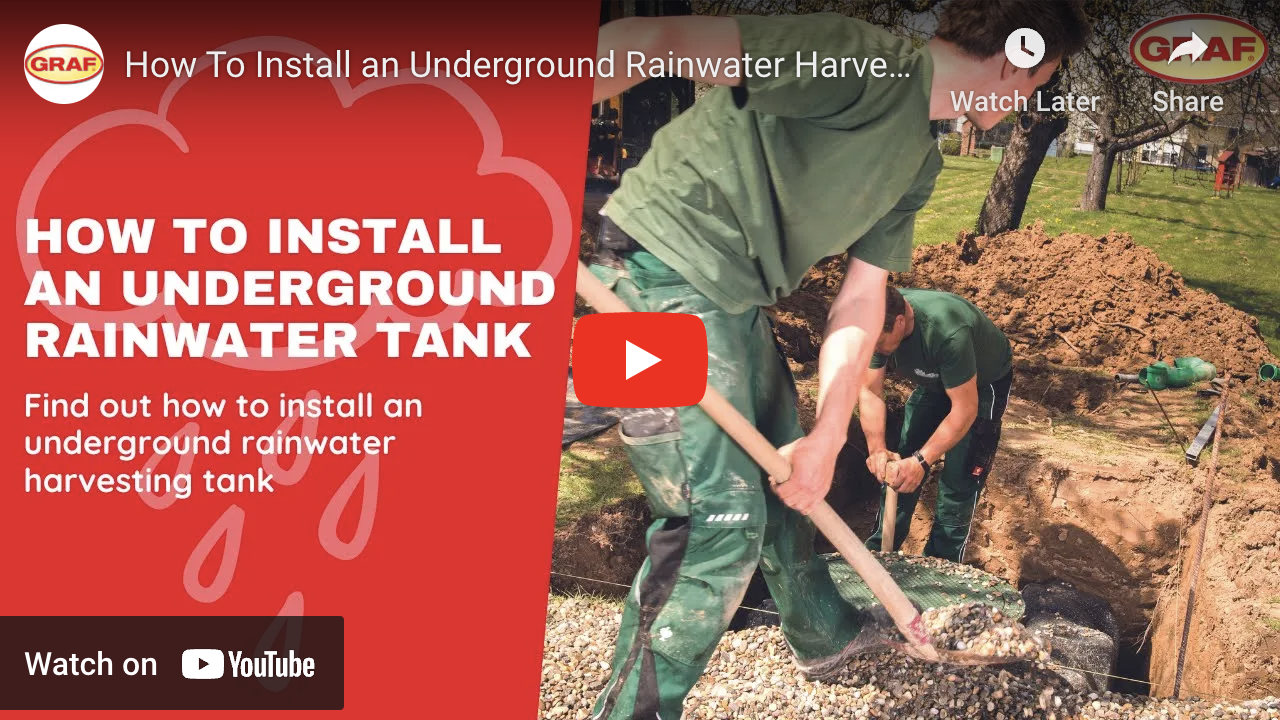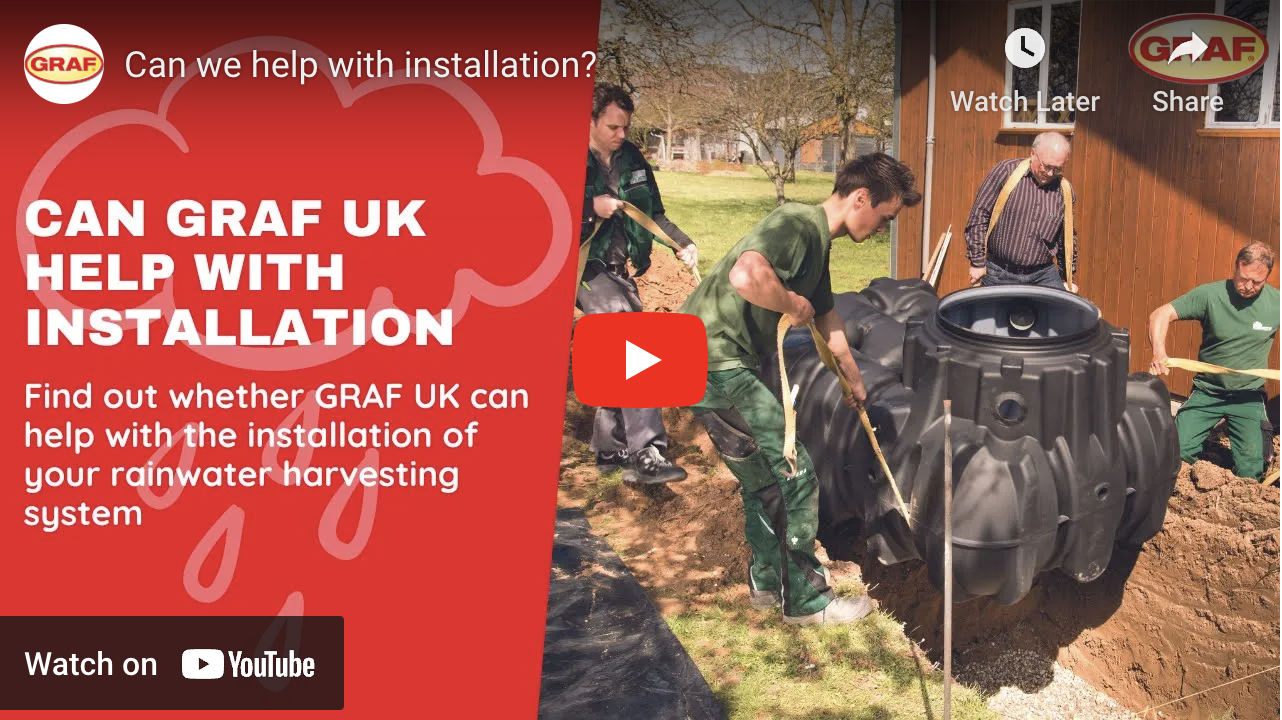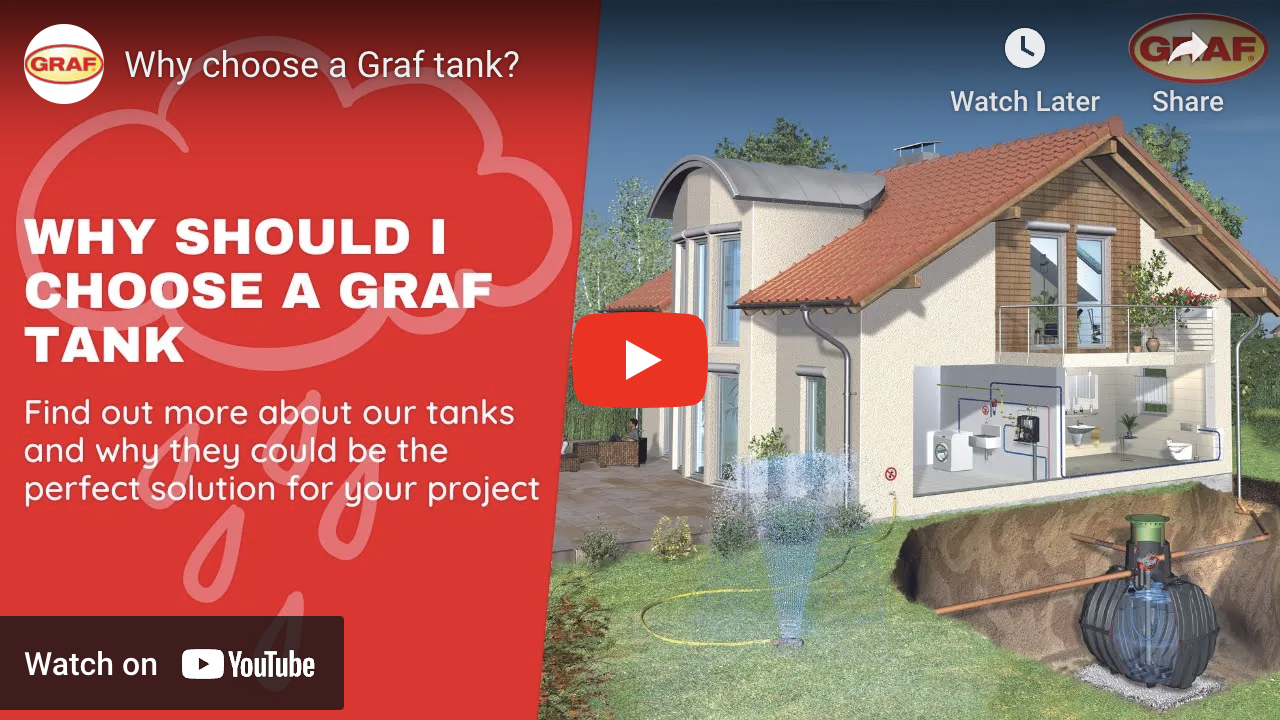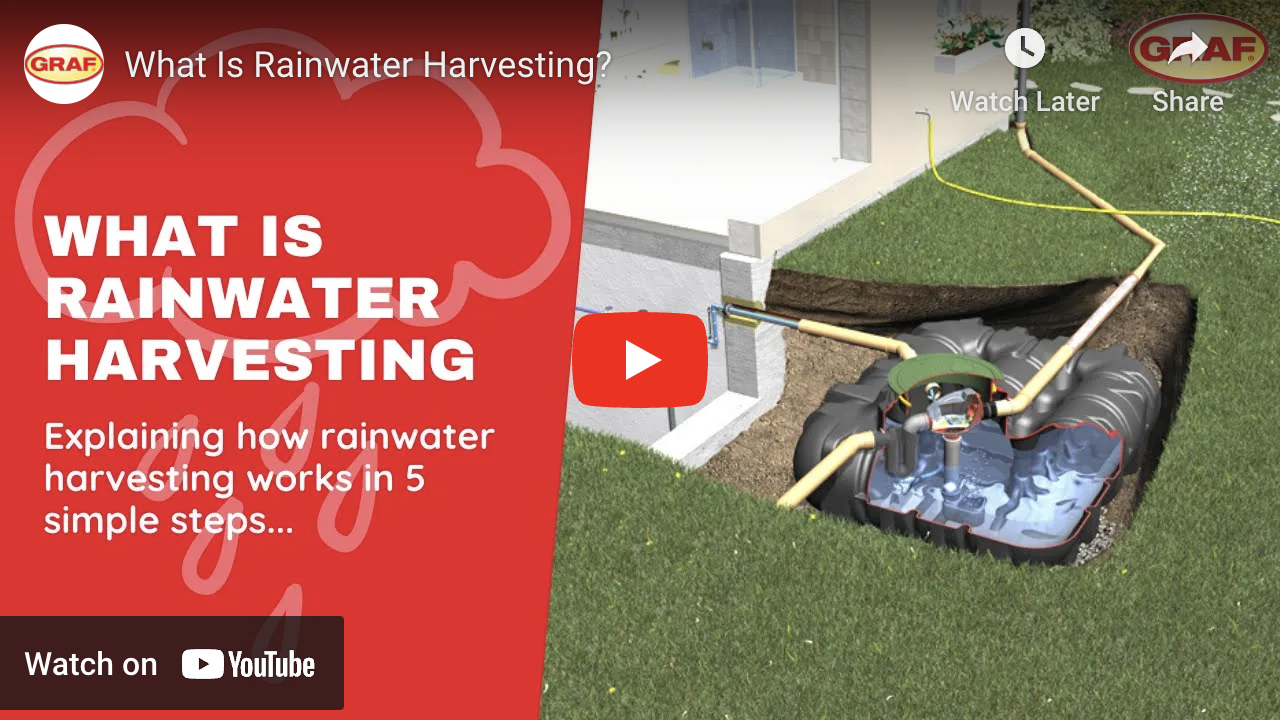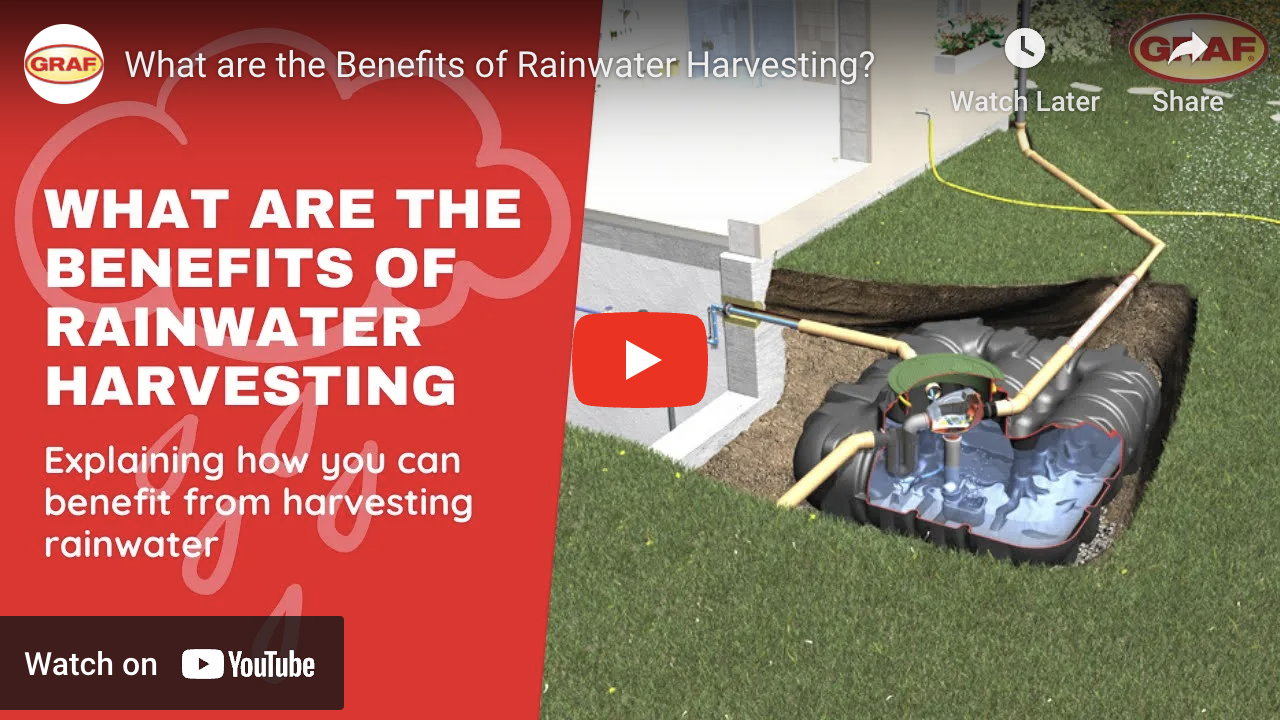What is water neutrality
The concept of “water neutrality” has been around since 2006-2008, and some definitions have been offered to explain what water neutrality is. However, in 2009, The Environmental Agency (UK) came up with a slightly different definition that has been widely accepted in describing water neutrality. It states that “for every new development, the predicted increase in total water demand in the region due to the development should be offset by reducing demand in the existing community.”
Essentially, this idea of water neutrality is only applicable to new construction developments, and not the old developments in the affected regions. The fundamental benefits of adopting water neutrality is to encourage efficient use of water, reduce carbon emissions, protect the environment, save money, and promote future growth in the UK housing market.
What does it mean for new development in the UK construction market?
Water neutrality becomes one of the prerequisites for building new homes or executing new construction projects. This entails that a construction company must demonstrate, with practical evidence, that its construction activities will not:
- Increase the rate of water abstraction for drinking water supplies above the current levels.
- Engage in groundwater abstraction that can negatively impact designated sites and species such as Arun Valley SPA, Ramsar Sites, and SAC.
The Position Statement sent by Natural England to districts designated as areas of serious water stress required that water neutrality must be observed for Local Plan, Neighbourhood Plan, and Development Management. However, householder scheme is exempted from this requirement. This indicates that the Natural England’s position on water neutrality will strategically hamper or slow the delivery of new homes in certain areas.
How does it affect planning permission for developments?
Therefore, it becomes imperative that UK construction companies must meet certain Basic Conditions while seeking planning permissions for new developments. These Basic Conditions, which are sets of important tests, are as follows:
- Their proposed new developments must be in compliance with Habitat Regulations 2017, which sets out the responsibilities for public authorities to implement nature conversation procedures in their respective regions. The Regulations indicate that any development plan that is under consideration must not have any negative impacts on the sites and species protected by the Habitat Regulations 2017.
- Similarly, the new development plans must be in accordance with Habitat and Species Regulations 77, which aim to protect European sites such as Arun Valley from experiencing negative impacts as a result of excessive water abstractions. Failure to abide by Regulations 77 will cause the development plan to be denied approval.
- Both Regulations 2017 and Regulations 77 made it mandatory that for species in designated sites not to be affected, the development plans must strictly incorporate water neutrality.
- And a plan that gets to the Examination stage but does not include water neutrality will fail and would not be approved by the Local Plan or Neighbourhood Plan Examiner.
- For plans that have successfully gone through examinations, those plans will still be quashed by a Judicial Review because they do not meet the water neutrality requirement. Those plans will be considered to have finally failed and cannot be used for future planning applications.
What solutions are available to achieve water neutrality?
Some of the steps that can be taken in ensuring water neutral construction are highlighted below:
- Efficient use of water: A good approach to reducing use of mains water is to fit homes with water-efficient devices like aerated shower heads and taps, air or low flush toilets, and water-saving washing machines and dishwashers.
- Water re-use: This is the process of capturing, treating, and using water from alternative sources. These include rainwater harvesting, wastewater recycling, and greywater recycling. Greywater is usually used water from baths, hand basins, and showers. Rainwater harvesting is technically the process of capturing and storing rainwater that runs off rainwater harvesting systems or catchment areas on the rooftops. Rainwater harvesting involves four strategic operations described below:
- Catchment: This is the process of collecting the rainwater, using a water-capturing system. It is possible to collect rainwater from the rooftops, slopes, mountainsides, and any other slanting structures.
- Conveyance: The harvested rainwater is transported from the catchment to where it will be recharged.
- Flushing and Filtering: The first spell of the rain will be flushed and then filtered to remove pollutants or unwanted substances.
- Storage: The pure and ready-for-use rainwater will be stored in tanks.
- Offsetting: In an instance whereby efficient use of water and water re-use can’t guarantee water neutrality, offsetting readily comes into practice. This can be carried out by investing in water-saving schemes or by retrofitting the existing homes or public property to reduce water wastage. In order to achieve water neutrality, it is expected that the water saved through offsetting must be of the same quantity to the excess amount of mains water utilised in the course of developing new homes. Offsetting can be done in partnership with the local authorities, schools, and private organisations. These partners can be responsible for funding the retrofitting processes.
- Water collaboration: It is believed that a foreseeable collaboration between water companies Southern Water and South East Water can help actualise water neutrality in the zones they supply mains water to.
At the moment, it is practically difficult for all regions to implement water neutrality, but that may change by 2030 when a national modality for achieving water neutrality has been rolled out. Until then, some localities that are classified as a water-stressed areas are working together to come up with a unified “Mitigation Strategy” to address the ever increasing problem of water shortage.
Where can people find out more information?
- Natural England has published some frequently asked questions (FAQS) about water neutrality. They can be accessed via this link: https://www.horsham.gov.uk/planning/water-neutrality-in-horsham-district
- Water stressed areas—Environmental Agency’s final classification, 2021 https://view.officeapps.live.com/op/view.aspx?src=https%3A%2F%2Fassets.publishing.service.gov.uk%2Fgovernment%2Fuploads%2Fsystem%2Fuploads%2Fattachment_data%2Ffile%2F998237%2FWater_stressed_areas___final_classification_2021.odt&wdOrigin=BROWSELINK
- Horsham District Council—water neutrality https://www.horsham.gov.uk/planning/water-neutrality-in-horsham-district
- British Water’s reference to mergers among water supplies companies: https://www.britishwater.co.uk/news/news.asp?id=600931&hhSearchTerms=%22water+and+neutrality%22


